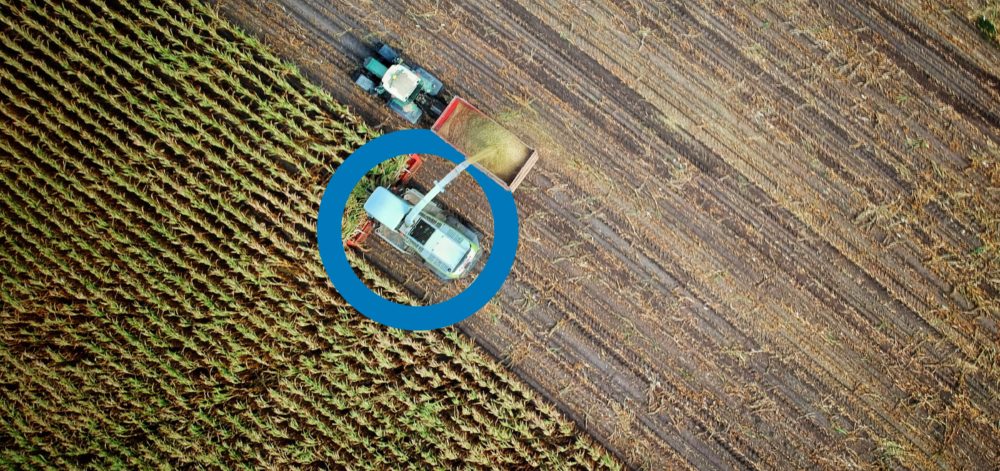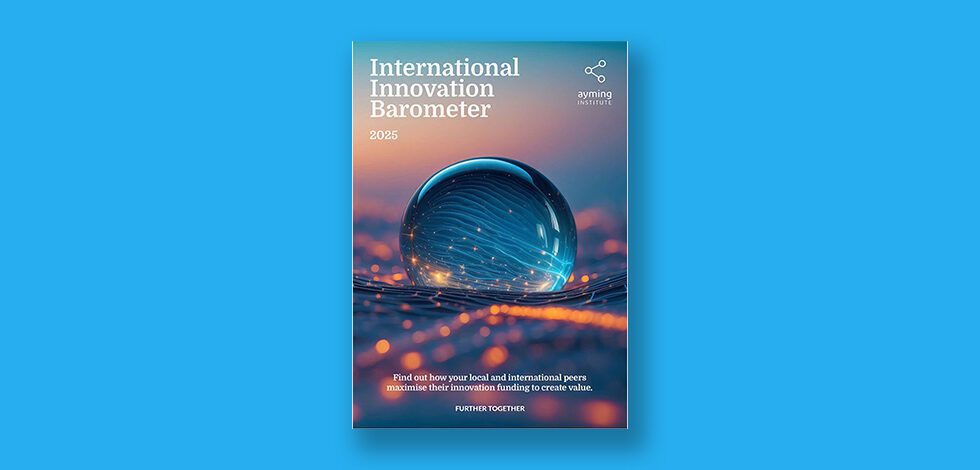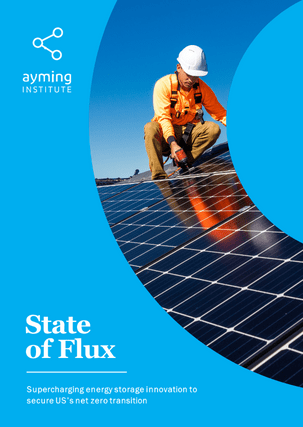Agricultural science has followed civilization’s development throughout history, with some of the earliest scientific discoveries, such as irrigation and crop rotation, associated with agriculture. As society develops, significant scientific developments related to the agricultural sector continue to arise as a result of R&D efforts undertaken by companies in many sectors. These developments have focused on integrating technology into multiple aspects of farming, including harvesting, monitoring, and testing.
One of the critical components of the modern farming process is collecting and managing a large amount of data related to soil quality, nutrition, and yield. As time has progressed and the amount of potentially useful data generated from farming processes has increased. Along with data analysis, efficient and accurate data collection and management are now vital. Several developments have emerged in recent years, resulting in new technologies that have sought to digitize and automate these data collection and management processes.
One such example is integrating drone and satellite monitoring technology into cloud-based modeling software. This technology allows farmers to efficiently receive real-time data while minimizing human error during the data collection process. These tools, along with numerous applications that process and analyze different aspects of the data, such as soil content, nutrient levels, and pest impact, have allowed farmers to improve crop yields and soil quality. This results from the large amount of useful data generated through the implementation of these technologies.
Additionally, there have been numerous developments in recent years regarding the application of Global Positioning System (“GPS”) and Geographic Information System (“GIS”) technologies to improve the understanding of various aspects of the environmental conditions associated with farmlands. The implementation of these tools has allowed for improvements in the precision of the data gathering process and the quality of the mapping utilized to analyze multiple conditions impacting soil fertility, such as micro and macronutrient levels, pH, and salinity of the soil.
As these technologies continue to emerge and develop, the companies involved in creating these tools can access multiple financial incentives to support further research and development.
Ayming USA’s team of agricultural industry experts understand these development activities. They can identify key incentives to allow companies to continue their investments into these R&D activities.











No Comments